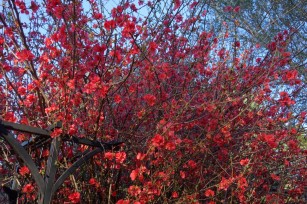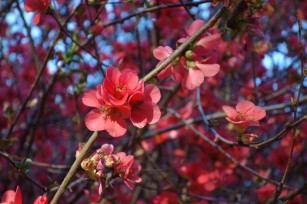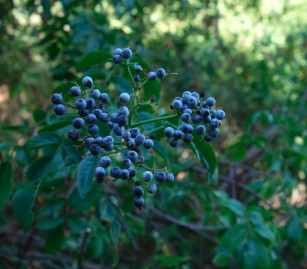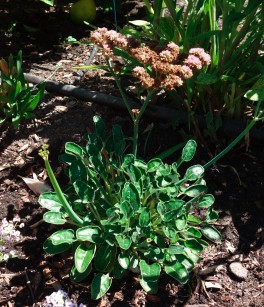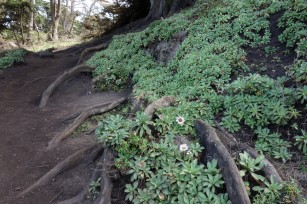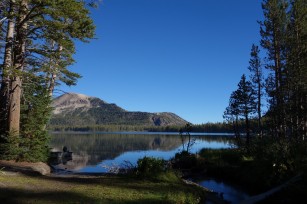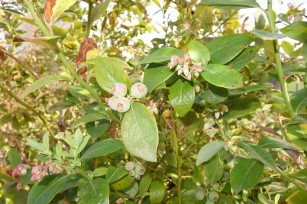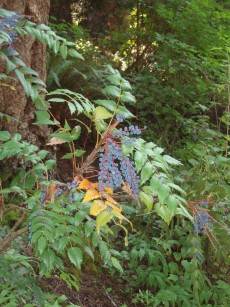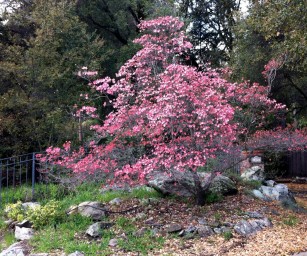 Earlier this year the flowering plums were the first trees to welcome the beginning of spring. Then came the flowering cherries, crabapples, pears, redbuds and lilacs. But now the flowering dogwoods take over as the stars of the show. They are blooming everywhere I go. Whole neighborhoods, lined with dogwood trees, are coming to life.? I? know of several beautiful specimens along Hwy 9 that bursts into bloom this time of year covered in snowy white, pink or rosy blossoms. There are many types of dogwoods and every garden has the perfect spot for at least one. What better way to honor Earth Day 2014 than to plant a tree?
Earlier this year the flowering plums were the first trees to welcome the beginning of spring. Then came the flowering cherries, crabapples, pears, redbuds and lilacs. But now the flowering dogwoods take over as the stars of the show. They are blooming everywhere I go. Whole neighborhoods, lined with dogwood trees, are coming to life.? I? know of several beautiful specimens along Hwy 9 that bursts into bloom this time of year covered in snowy white, pink or rosy blossoms. There are many types of dogwoods and every garden has the perfect spot for at least one. What better way to honor Earth Day 2014 than to plant a tree?
When thinking about where to plant your dogwood tree consider what role you want 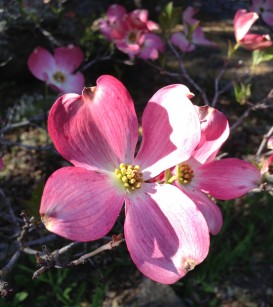 the tree to play in your garden. You might place it where it becomes the main focal point especially during the spring flowering season but also where you can enjoy the brilliant fall foliage. Maybe one located at the back of the garden would be nice drawing the eye along a path and the flowering shrubs growing along the edges.
the tree to play in your garden. You might place it where it becomes the main focal point especially during the spring flowering season but also where you can enjoy the brilliant fall foliage. Maybe one located at the back of the garden would be nice drawing the eye along a path and the flowering shrubs growing along the edges.
Dogwoods need good drainage. If your garden has heavy clay soil plant your tree in a raised bed. They make excellent understory trees in high filtered shade if the air circulation and drainage are good. With 2-3″ of mulch dogwoods thrive in full sun, too. The fungal disease anthracnose is not usually a problem here in our summer dry area if drainage is good. Hybridizers have successfully crossed the Japanese dogwood, cornus kousa, with the eastern dogwood, cornus florida, to create the wonderful disease resistant Stellar series. Also the native Pacific dogwood, cornus nutalli, has been crossed with the eastern variety to produce Eddie’s White Wonder. Both are good choices.
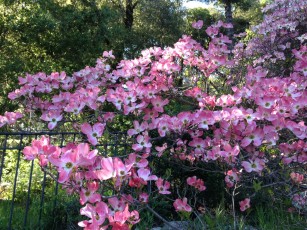 The beautiful flowers of the dogwood are actually bracts, a leaf-like structure surrounding a flower. The colorful bracts of poinsettias, the magenta bracts of bougainvilleas and the bracts of the dogwood are often mistaken for flower petals. No matter what you call them, the blossoms are spectacular.
The beautiful flowers of the dogwood are actually bracts, a leaf-like structure surrounding a flower. The colorful bracts of poinsettias, the magenta bracts of bougainvilleas and the bracts of the dogwood are often mistaken for flower petals. No matter what you call them, the blossoms are spectacular.
Dogwoods attract a variety of wildlife. All sorts of critters use this tree for food and shelter. The giant silk moth and several species of butterflies favor dogwoods as host plants. The spring flowers provide nectar to bees and other pollinating insects. Robins and sparrow are just two of the bird species than build nests on the horizontal branches and many others seek shelter in the leaves. The high calcium, high fat, fleshy red fruits are eaten by 35 species of birds including titmice, juncos and waxwings.
The fruit of flowering dogwood is poisonous to humans but the root bark was used by Native Americans as a fever reducer, skin astringent, an anti diarrhea agent and as a pain reliever for headache and backache relief. It was also use to counteract the effects of many poisons and as a general tonic. The flowers were infused to reduce fever and relieve colic and several plant parts were used as medicine for blood diseases like malaria.
Because dogwood leaf litter decomposes more rapidly than most other species it has been planted on abandoned strip mines and used for urban forestry projects. The wood is hard, strong and shock resistant, making it suitable for wood products that need to withstand rough use like tool handles, roller skate wheels, golf club heads and knitting needles and spools.
Dogwoods look so great in our area because we get some winter chill.? Some of 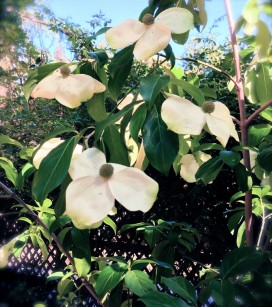 my favorite varieties include cornus capitata also known as Evergreen or Himalayan Dogwood. It’s a slow growing tree which will reach 20 ft tall after about 25 years and has large white blossoms.
my favorite varieties include cornus capitata also known as Evergreen or Himalayan Dogwood. It’s a slow growing tree which will reach 20 ft tall after about 25 years and has large white blossoms.
Other common favorites with rosy flowers are Eastern dogwood, Cherokee Chief and Cherokee Brave. Their leaves turn glowing red in fall with fruit lasting well into winter. There are lots of white blooming varieties also and this tree is the parent of the exceptional hybrid Eddie’s White Wonder and the anthacnose-resistant Stellar Pink.
The Japanese dogwood, cornus kousa, starts blooming several weeks later than the Eastern varieties and continues for 5-6 wks. The flowers open along with the leaves which is different than its relatives. This dense multi-stemmed tree grows to 20 ft tall.? With raspberry-like fruits that persist into winter and leaves that turn yellow or scarlet in autumn it’s a beautiful addition to the garden.
Remember a mature leafy tree produces as much oxygen in a season as 10 people inhale in a year. Trees clean the soil and air of pollutants, act as windbreaks and can muffle noises.


